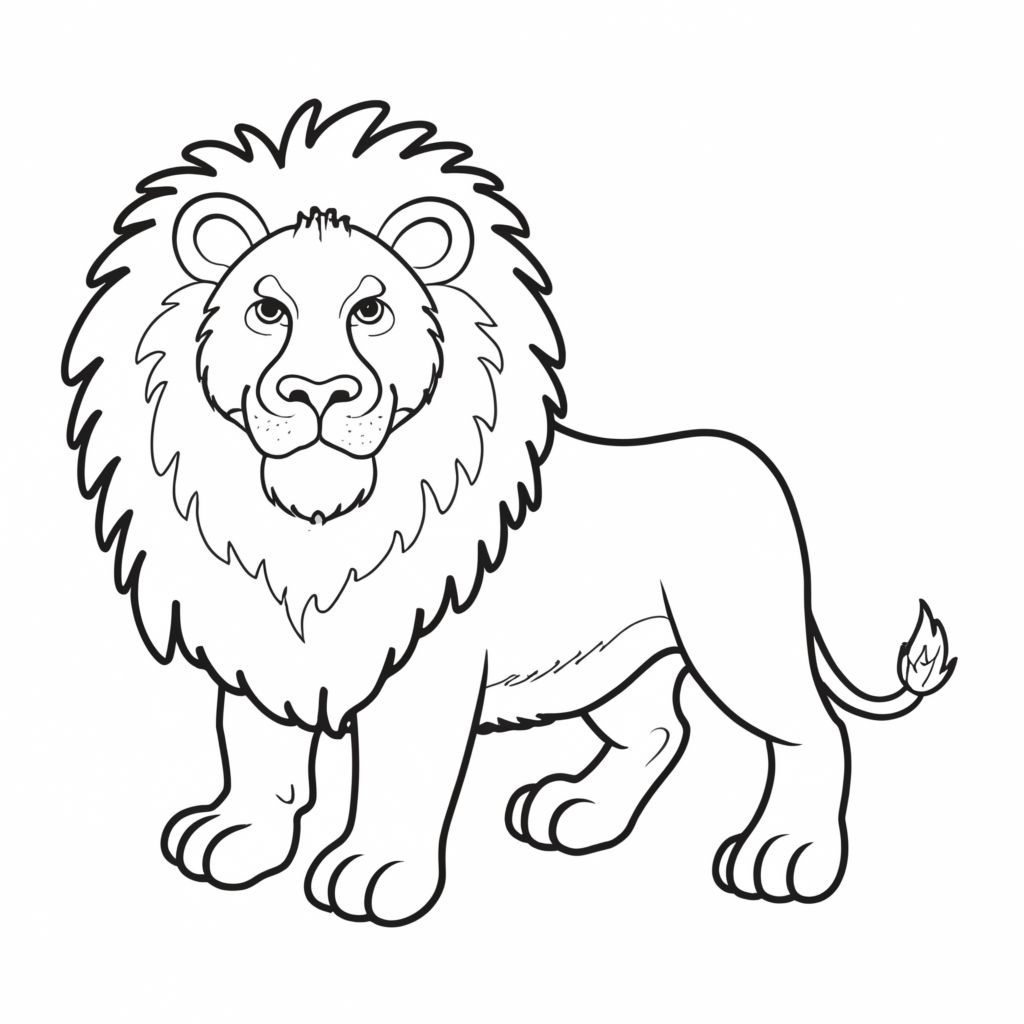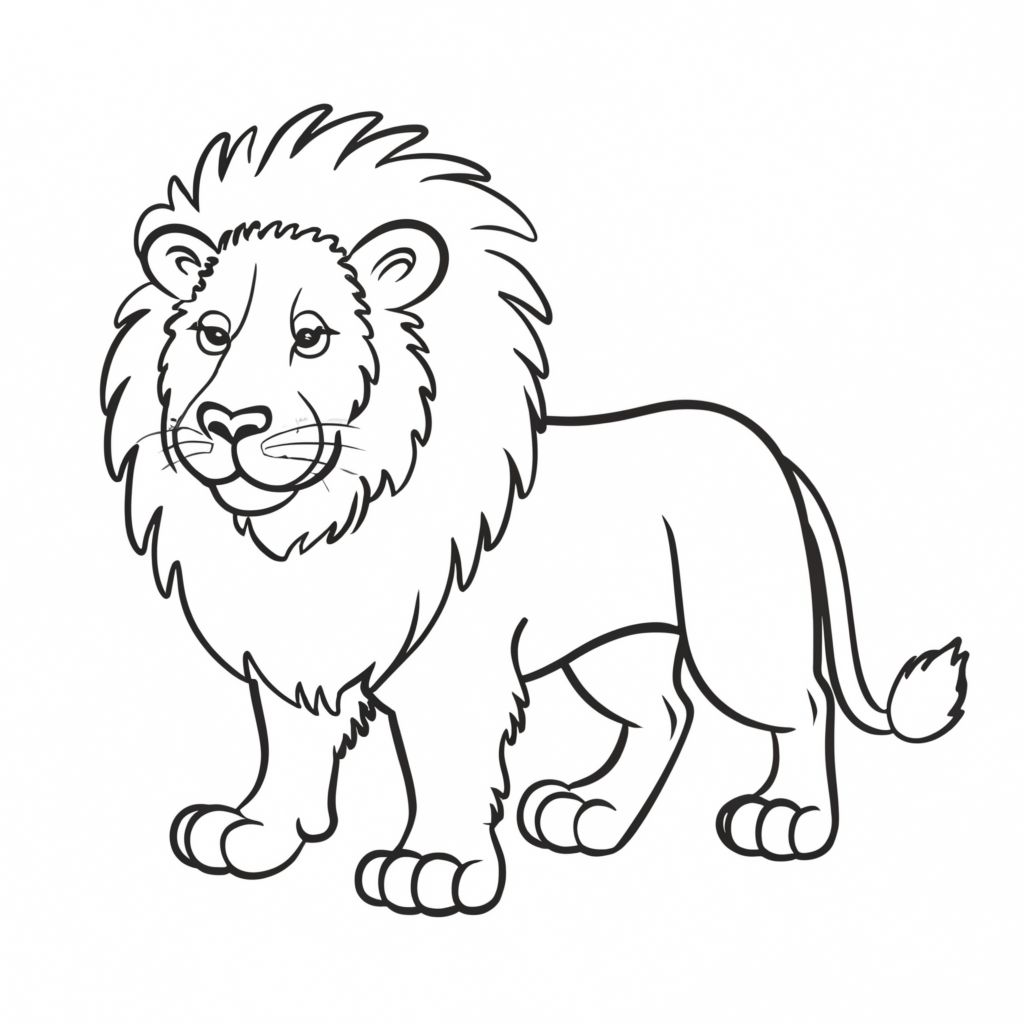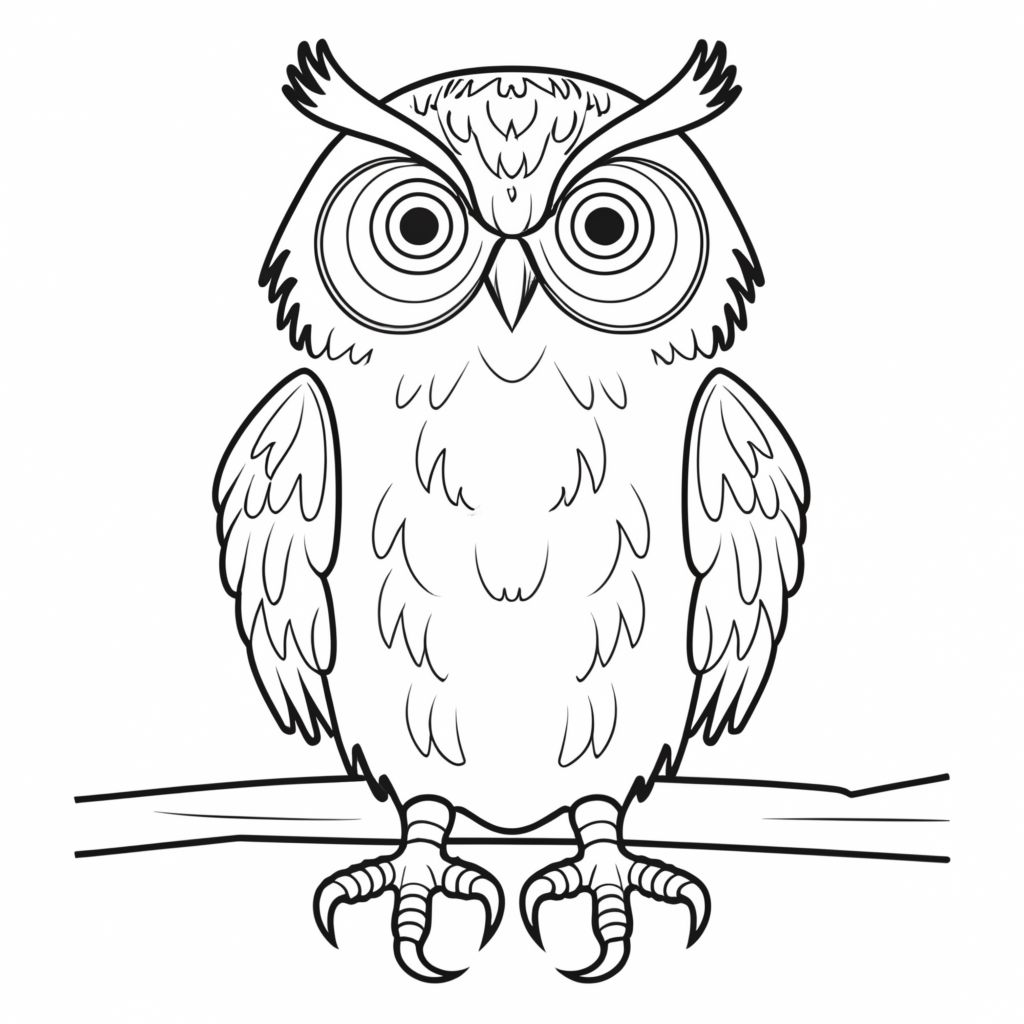Are you looking for adult coloring books that are fun, creative and easy to learn? So, I can understand your requirements and will provide you a free pdf book.. 100% for commercial use.
You will receive this handwriting workbook in PDF and PNG format. Ready to print or download to KDP/ETSY as well as for personal use, without royalties
Animal coloring book free download
Coloring book free pdf download
coloring book 8 Suitable for commercial use
See photos Click on the images to download




see pdf
png2pdf-1- Animal coloring book 8
- The book contains 10 pages
- Printable
- Without royalties
- Suitable for commercial use
Coloring pages have already been created
to assign:
- 10 workbooks for coloring practice
- 300DP high resolution
- Ready to print in PDF and PNG format
- Commercial use
- Worksheets activities coloring pages
Free Download
- High quality/resolution files (PDF and PNG)
- Creatively designed original cover
- Final file available
- Available source file (AI)
- Unlimited revisions
- Custom interior design of any size
- 100% for commercial use.
Evolution of Adult Coloring Books…
The evolution of adult coloring books traces back to their origins in the early 20th century when they were primarily used as tools for relaxation and stress relief. Initially, adult coloring books featured simple designs and themes, often inspired by nature or cultural motifs. However, their popularity waned over time as other forms of entertainment gained prominence. It wasn’t until the early 21st century that adult coloring books experienced a resurgence, fueled by a growing interest in mindfulness practices and creative self-expression. Today, adult coloring books encompass a diverse range of themes and styles, from intricate mandalas to whimsical fantasy worlds, catering to a wide audience of coloring enthusiasts.
Rise in Popularity: The Adult Coloring Trend
The resurgence of adult coloring books can be attributed to several factors, including increased awareness of the therapeutic benefits of coloring and the rise of mindfulness practices. In recent years, adults have sought out activities that provide a respite from the stresses of daily life, leading to a renewed interest in coloring as a form of relaxation and self-care. Additionally, the advent of social media platforms has played a significant role in popularizing adult coloring, with enthusiasts sharing their creations and forming online communities dedicated to the hobby. As a result, adult coloring has become more than just a trend; it has evolved into a global phenomenon that continues to grow in popularity.
Different Themes and Styles in Adult Coloring Books
Adult coloring books encompass a wide range of themes and styles, catering to diverse interests and preferences. Some popular themes include nature, animals, fantasy, and abstract designs. Within each theme, there are various styles ranging from highly detailed and intricate illustrations to simpler, more abstract patterns. Additionally, adult coloring books often feature a mix of single-page designs and intricate double-page spreads, providing coloring enthusiasts with a variety of options to choose from. Whether they prefer calming nature scenes, intricate mandalas, or whimsical fantasy worlds, there is a coloring book to suit every taste and preference.
Stress Reduction and Relaxation
One of the primary benefits of adult coloring is its ability to reduce stress and promote relaxation. Engaging in the creative act of coloring allows individuals to focus their attention on the present moment, providing a temporary escape from worries and anxieties. The rhythmic and repetitive motion of coloring can induce a meditative state, calming the mind and promoting a sense of inner peace. Additionally, the act of coloring triggers the release of endorphins, the body’s natural stress-relievers, further enhancing feelings of relaxation and well-being.
Improving Focus and Mindfulness
Coloring requires a high level of concentration and focus, which can help improve cognitive skills such as attention span and memory. By immersing themselves in the coloring process, individuals can enhance their ability to concentrate and stay present in the moment. Furthermore, coloring encourages mindfulness, a practice that involves paying attention to the present moment without judgment. Practicing mindfulness while coloring can help individuals become more aware of their thoughts and emotions, leading to greater self-awareness and emotional regulation.
Stimulating Creativity and Self-Expression
Adult coloring provides a creative outlet for self-expression and exploration. Unlike other forms of art that may require technical skill or training, coloring is accessible to people of all ages and skill levels. Whether individuals choose to follow the coloring book’s designs or create their own, coloring allows them to express themselves creatively and experiment with different colors and techniques. Furthermore, coloring can serve as a form of therapy, allowing individuals to process and express their thoughts and emotions in a non-verbal way. By tapping into their creativity, individuals can gain a deeper understanding of themselves and their inner world.
Choosing Intricate Designs and Patterns
Selecting the right designs and patterns is crucial in designing adult coloring books. Intricate and detailed designs are favored by many adult colorists as they offer a more immersive and engaging coloring experience. These designs often feature elaborate patterns, intricate motifs, and fine lines, providing ample opportunities for creativity and exploration. Artists and designers must carefully consider the complexity of the designs, ensuring that they strike a balance between challenge and accessibility. Additionally, incorporating a variety of design elements such as symmetry, repetition, and intricacy can enhance the visual appeal of the coloring pages and stimulate the imagination of colorists.
Utilizing Varied Artistic Mediums
Adult coloring books offer a wide range of artistic mediums for colorists to explore, including colored pencils, markers, gel pens, and watercolors. Each medium has its unique characteristics and advantages, allowing colorists to achieve different effects and textures in their coloring. For example, colored pencils are favored for their precision and control, making them ideal for intricate details and shading. On the other hand, markers and gel pens provide vibrant colors and smooth coverage, perfect for filling in larger areas and creating bold, saturated effects. Watercolors offer a more fluid and translucent finish, allowing colorists to achieve soft, blended gradients and washes of color. By experimenting with different artistic mediums, colorists can discover new techniques and enhance their coloring skills.
Incorporating Therapeutic Elements into Designs
Many adult coloring books incorporate therapeutic elements into their designs to enhance the coloring experience and promote relaxation and mindfulness. These elements may include mandalas, repetitive patterns, and nature scenes, all of which have been shown to have calming and soothing effects on the mind and body. Mandalas, in particular, are revered for their spiritual significance and meditative qualities, making them popular choices for adult coloring books. Additionally, nature scenes such as flowers, trees, and landscapes evoke feelings of serenity and connection to the natural world, further enhancing the therapeutic benefits of coloring. By incorporating these therapeutic elements into their designs, artists and designers can create coloring books that not only entertain but also nourish the soul and promote holistic well-being.
Understanding the Psychology of Coloring
Coloring engages various cognitive and emotional processes that contribute to its therapeutic effects. Understanding the psychology behind coloring can deepen our appreciation for its benefits. Coloring stimulates both hemispheres of the brain, promoting integration and balance between logical thinking and creative expression. This bilateral brain stimulation enhances cognitive function and fosters a sense of wholeness and harmony. Additionally, coloring activates the brain’s reward system, triggering the release of neurotransmitters like serotonin and dopamine, which are associated with feelings of pleasure and well-being. These neurochemicals promote relaxation and elevate mood, contributing to the stress-relieving effects of coloring. Furthermore, coloring provides a form of self-expression and emotional release, allowing individuals to externalize and process their thoughts and feelings in a non-verbal way. By understanding the psychological mechanisms at play, we can harness the full potential of coloring as a therapeutic tool for promoting mental and emotional health.
Exploring the Emotional Release of Coloring
Coloring provides a safe and constructive outlet for expressing and processing emotions. As individuals engage in the coloring process, they may find themselves experiencing a range of emotions, from joy and contentment to sadness and frustration. These emotions may be triggered by the content of the coloring pages, personal associations with colors, or memories evoked by the act of coloring. By allowing these emotions to surface and be expressed through coloring, individuals can release pent-up tension and experience a sense of emotional catharsis. This emotional release can be deeply healing, helping individuals to cope with stress, anxiety, and other emotional challenges. Moreover, coloring offers a sense of control and agency in a world that often feels chaotic and unpredictable. By choosing colors, deciding where to apply them, and bringing the images to life, individuals can assert their autonomy and regain a sense of empowerment over their emotions and experiences.
Cognitive Benefits: Memory and Problem-Solving Skills Enhancement
Engaging in the cognitive task of coloring offers numerous benefits for memory and problem-solving skills. Coloring requires individuals to use their working memory to hold and manipulate information, such as remembering color schemes and patterns. This helps strengthen neural connections in the brain, improving memory retention and recall over time. Additionally, coloring involves problem-solving skills as individuals navigate the intricate designs and decide which colors to use where. This encourages flexible thinking and creative problem-solving, as colorists experiment with different color combinations and techniques to achieve their desired effects. Moreover, coloring fosters a growth mindset, encouraging individuals to embrace challenges and persist in the face of difficulties. By exercising their cognitive abilities through coloring, individuals can enhance their overall cognitive function and maintain cognitive health as they age.
“Common Questions”
- What are the cognitive benefits of coloring books?
- How does coloring book help you?
- What makes a good Colouring book?
- What are some fun facts about coloring books?
- What are some fun facts about coloring books?
- Exploring the Motivations Behind Purchasing Coloring Books
- Is Coloring Good for the Brain? Exploring the Cognitive Benefits
- Understanding the Meaning of Coloring Books: A Comprehensive Exploration
- Is Making a Coloring Book Profitable?
- Is a Coloring Book a Toy? Exploring Its Role in Play and Development
- Are Coloring Books Helpful? Exploring Their Benefits and Uses
- What color is best for learning?
- How does colour affect the brain?
- What are the cognitive benefits of coloring books?

